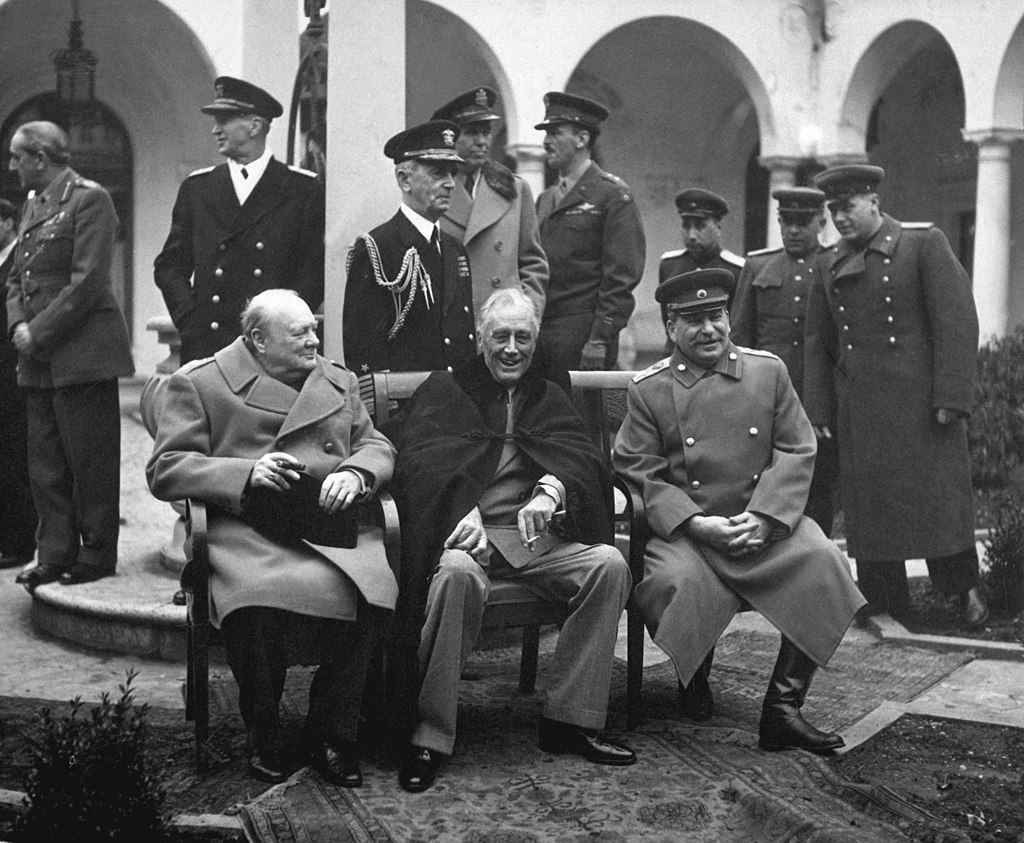The Precambrian Eon represents a vast stretch of time in Earth’s history, encompassing approximately 88% of the planet’s geological timeline. This eon is often overshadowed by the subsequent Phanerozoic Eon, which is characterised by abundant fossil records and the emergence of complex life forms. The Precambrian, however, is crucial for understanding the origins of Earth and the early development of life.
It is divided into three major geological timeframes: the Hadean, Archean, and Proterozoic eons.
The lack of extensive fossil records from this time has led to a certain degree of mystery surrounding the Precambrian, making it a subject of intense study and debate among geologists and paleontologists. Understanding this eon is essential for piecing together the complex history of our planet, as it provides insights into the conditions that fostered the emergence of life and the subsequent evolution of ecosystems.
Summary
- The Precambrian Eon is the longest and least understood span of Earth’s history, lasting from about 4.6 billion years ago to 541 million years ago.
- The Geological events during the Precambrian Eon included the formation of the first continents, the development of an oxygen-rich atmosphere, and the formation of the first supercontinent, Rodinia.
- The Precambrian Eon is significant in Earth’s history as it laid the foundation for the evolution of life and the shaping of the planet’s geological features.
- The transition from the Precambrian Eon to the Phanerozoic Eon marked a significant shift in Earth’s history, with the emergence of complex multicellular life forms and the Cambrian explosion.
- Notable geological features from the Precambrian Eon include banded iron formations, stromatolites, and the formation of some of the oldest rocks on Earth.
- The legacy of the Precambrian Eon in modern times can be seen in the remnants of ancient rocks, the presence of certain minerals, and the continued study of early Earth processes.
Formation of the Earth and the Precambrian Eon
The Emergence of Oceans
As the surface cooled, water vapour began to condense, leading to the formation of oceans. This primordial environment set the stage for the emergence of life, although it would take millions of years for conditions to stabilise sufficiently to support biological processes.
The Dawn of Life
As we transition into the Archean Eon, which began around 4 billion years ago, we witness the first signs of life on Earth. The atmosphere was still largely inhospitable, composed mainly of methane, ammonia, and other gases with little to no free oxygen. However, it was during this time that prokaryotic organisms, such as bacteria and archaea, began to thrive in the oceans.
Shaping the Atmosphere
These simple life forms played a pivotal role in shaping the planet’s atmosphere through processes like photosynthesis and chemosynthesis, gradually increasing oxygen levels and paving the way for more complex life forms in later eons.
Early life and evolution during the Precambrian Eon

The early life forms that emerged during the Precambrian Eon were predominantly unicellular organisms. Fossil evidence suggests that stromatolites—layered structures created by microbial mats—were among the earliest indicators of life on Earth. These formations date back to around 3.5 billion years ago and provide crucial insights into the biological processes that were taking place at that time.
Stromatolites are primarily composed of cyanobacteria, which are capable of photosynthesis and played a significant role in oxygenating the atmosphere. As we move into the Proterozoic Eon, which spans from approximately 2.5 billion to 541 million years ago, we see a gradual increase in biological complexity. Multicellular organisms began to appear, with evidence of simple algae and early metazoans emerging towards the end of this eon.
The Ediacaran Period, which is part of the Proterozoic, is particularly noteworthy for its diverse array of soft-bodied organisms. Fossils from this period reveal a variety of forms that hint at the evolutionary pathways leading to more complex life forms that would flourish in the Phanerozoic Eon.
Geological events and changes during the Precambrian Eon
The Precambrian Eon was marked by significant geological events that shaped the Earth’s surface and influenced its biological evolution. One of the most notable events was the formation of supercontinents, such as Rodinia and Pannotia. These landmasses played a crucial role in regulating climate and ocean circulation patterns, which in turn affected biological evolution.
The assembly and breakup of supercontinents created diverse habitats and ecological niches that facilitated speciation. Additionally, during this eon, there were significant tectonic activities that contributed to mountain building and continental drift. The processes of plate tectonics were already in motion, leading to volcanic eruptions and the formation of mountain ranges.
The geological record from this time reveals evidence of extensive sedimentation in shallow marine environments, which provided ideal conditions for the development of early life forms. The interplay between geological processes and biological evolution during this period laid a foundation for future biodiversity.
The significance of the Precambrian Eon in Earth’s history
The significance of the Precambrian Eon cannot be overstated; it represents a critical phase in Earth’s history where fundamental processes took place that would shape both its geology and biology for billions of years to come. The emergence of life during this eon set into motion a series of evolutionary events that would eventually lead to the rich tapestry of biodiversity we observe today. The development of photosynthetic organisms not only transformed Earth’s atmosphere but also established a food web that would support more complex life forms.
Moreover, the Precambrian serves as a reminder of Earth’s dynamic nature. The geological changes that occurred during this time highlight how interconnected geological and biological processes are. The formation and breakup of supercontinents influenced climate patterns and ocean currents, which in turn affected evolutionary trajectories.
Understanding these connections is essential for comprehending how life on Earth has adapted to changing environments over geological timescales.
The transition from the Precambrian Eon to the Phanerozoic Eon

The transition from the Precambrian Eon to the Phanerozoic Eon marks a significant turning point in Earth’s history. This shift occurred around 541 million years ago with the onset of the Cambrian Period, characterised by an explosion of biodiversity known as the Cambrian Explosion. During this event, there was a rapid diversification of life forms, leading to the establishment of many major groups of animals that still exist today.
This transition was not merely a sudden event but rather a culmination of processes that had been developing throughout the Precambrian. The increasing oxygen levels produced by photosynthetic organisms created an environment conducive to more complex life forms. Additionally, ecological interactions among species became more intricate as multicellular organisms evolved.
The fossil record from this period reveals an unprecedented variety of body plans and ecological strategies, setting the stage for further evolutionary developments in subsequent periods.
Notable geological features from the Precambrian Eon
The Precambrian Eon is home to several notable geological features that provide insights into Earth’s early history. One such feature is the Acasta Gneiss in Canada, which is one of the oldest known rock formations on Earth, dating back approximately 4 billion years. This ancient rock provides valuable information about the conditions present during Earth’s formative years and offers clues about early continental crust formation.
Another significant feature is the Barberton Greenstone Belt in South Africa, which contains some of the oldest sedimentary rocks on Earth, dating back around 3.5 billion years. These rocks are rich in evidence of early microbial life and provide insights into ancient environments where these organisms thrived. Additionally, formations like stromatolites found in various locations around the world serve as important indicators of early biological activity and help scientists understand how life evolved in response to changing environmental conditions.
The legacy of the Precambrian Eon in modern times
The legacy of the Precambrian Eon continues to resonate in modern times through its profound influence on contemporary biology and geology. The fundamental processes that began during this eon laid down essential frameworks for ecosystems that persist today. For instance, photosynthetic organisms established oxygen-rich environments that allowed for aerobic respiration—a process vital for most life forms currently inhabiting Earth.
Furthermore, studying Precambrian geology has implications for understanding natural resources such as minerals and fossil fuels formed during this time. The tectonic activities and sedimentation patterns from this eon have shaped current landscapes and influenced resource distribution across continents. As scientists continue to explore this enigmatic period in Earth’s history, they uncover not only clues about our planet’s past but also insights that can inform our understanding of current ecological challenges and evolutionary biology.
FAQs
What is the Precambrian Eon?
The Precambrian Eon is the longest geological eon, lasting from about 4.6 billion years ago to 541 million years ago. It is divided into three eras: the Hadean, Archean, and Proterozoic.
What are some key events that occurred during the Precambrian Eon?
During the Precambrian Eon, the Earth formed, the first life forms appeared, and the atmosphere and oceans developed. The formation of the continents and the evolution of early life forms are also significant events of this eon.
What were the environmental conditions like during the Precambrian Eon?
During the Precambrian Eon, the Earth’s atmosphere lacked oxygen and was rich in carbon dioxide. The climate was generally warmer, and the continents were still forming and shifting.
What evidence do we have of life during the Precambrian Eon?
Fossil evidence of simple, single-celled organisms such as bacteria and algae have been found in rocks dating back to the Precambrian Eon. These organisms are the earliest forms of life on Earth.
How did the Precambrian Eon end?
The Precambrian Eon ended with the Cambrian Explosion, a period of rapid diversification of life forms. This event marked the beginning of the Phanerozoic Eon, which is the current eon and is characterized by the presence of abundant and diverse life forms.


